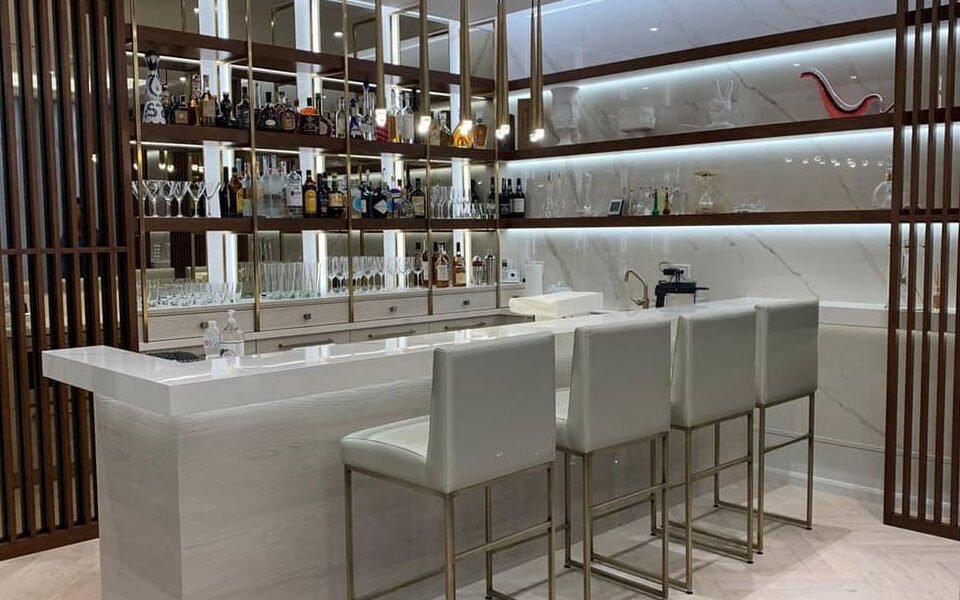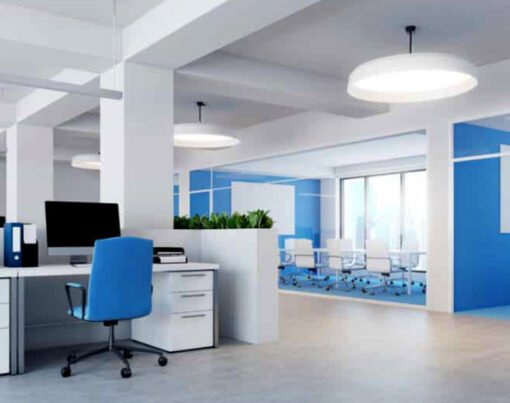Whether you’re planning a kitchen renovation, designing a bathroom remodel, or creating a statement feature wall, the right porcelain slab gives you versatility, durability, and aesthetic appeal. With various factors to consider—from colour and finish to size and thickness—it’s essential to make the right choice for your project. In this guide, we’ll explore how to choose the right porcelain slab, ensuring it not only meets your practical needs but also enhances the beauty of your space.
Table of Contents
Understanding Your Project’s Requirements
Are you looking to create a sleek, modern kitchen countertop, or are you aiming for a more traditional, rustic bathroom? The purpose of the slab will heavily influence your choice.
In the case of countertops, for example, the slab needs to be durable enough to withstand daily use, resistant to stains, and easy to clean. Choosing Counter Culture Fabrication for premium countertops is a decision that provides you with an excellent range of porcelain slabs that cater to these needs, combining functionality with stunning design. It’s vital to consider how much wear and tear the surface will endure and select a slab that can handle the level of activity in your space.
Consider the Aesthetic Appeal
Porcelain slabs are available in a wide range of colours, patterns, and finishes, making them a versatile choice for any design style. When selecting a slab, consider the overall aesthetic of your space. Are you looking for a minimalist, monochromatic look, or do you prefer something more vibrant and bold?
The colour and pattern of the porcelain slab should complement the existing elements in your space. For example, if your kitchen features warm wooden cabinetry, you might opt for a slab with earthy tones or subtle veining that echoes the natural look of stone. On the other hand, if your space is more modern with clean lines and a neutral palette, a sleek, solid-coloured slab in white or gray might be your preferred choice.
The finish of the porcelain slab also plays a significant role in its overall look. Matte finishes provide a more understated, elegant appearance, while polished finishes can add a touch of luxury with their reflective surface. It’s worth visiting showrooms or requesting samples to see how different finishes look under various lighting conditions in your space.
Evaluate the Durability and Maintenance
Porcelain is highly resistant to scratches, stains, and heat, making it an ideal material for areas that experience heavy use, such as kitchen countertops and bathroom vanities. However, not all porcelain slabs are created equal, and it’s essential to choose one that meets your specific durability needs.
When evaluating the durability of a porcelain slab, consider its thickness. Thicker slabs are generally more robust and better suited for high-traffic areas. Additionally, check the manufacturer’s recommendations for maintenance and care. While porcelain is relatively low-maintenance, it’s still important to follow the proper cleaning and sealing procedures to ensure your slab stays in pristine condition.
Think About Size and Layout
Porcelain slabs come in various sizes, and the size you choose can significantly impact the overall look of your project. Large-format slabs are an excellent choice for creating a seamless, continuous surface, as they minimize the number of visible joints and grout lines. This can be particularly effective in modern, minimalist spaces where a clean, uninterrupted look is desired.
However, large slabs can be challenging to transport and install, especially in smaller spaces or areas with tight corners. It’s essential to work with a skilled fabricator and installer who can ensure the slab is cut and fitted correctly to avoid any potential issues.
When planning the layout, consider how the slab’s pattern will flow across the surface. Some porcelain slabs feature intricate veining or patterns that need to be carefully aligned to create a cohesive look. A well-thought-out layout can elevate the overall design and make a significant impact on the final result.
Budget Considerations
While porcelain is generally more affordable than natural stone options like marble or granite, prices can still vary significantly depending on the slab’s size, thickness, and design. It’s important to balance your aesthetic preferences with your budget constraints. However, keep in mind that while a higher initial investment might seem daunting, the durability and low maintenance requirements of porcelain slabs often result in long-term savings.










